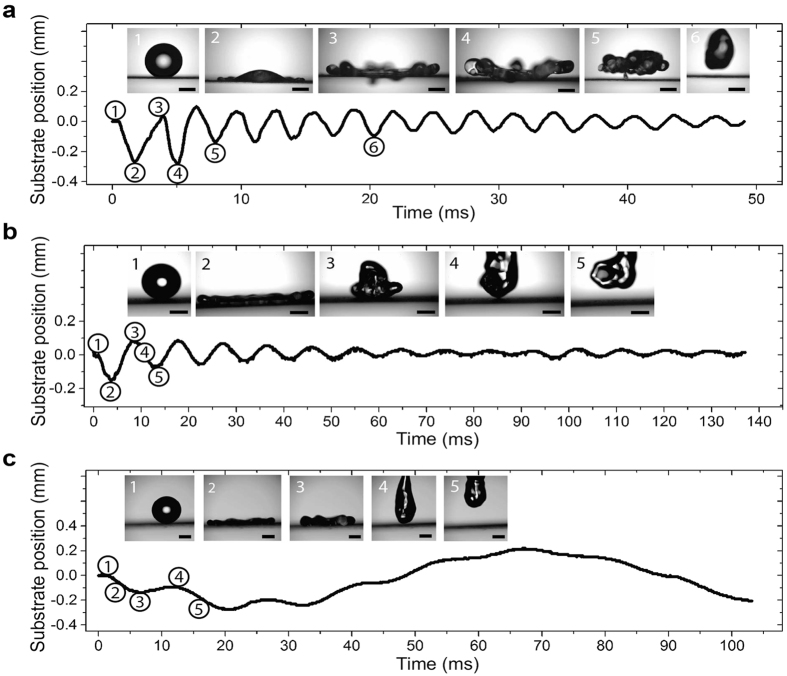Figure 3. Substrate response and droplet shapes after droplet impact (scale bar 1 mm for all inset images).
(a) Fixed-fixed substrate with k = 107 N/m, D0 = 2.2 mm and f0 = 325 Hz. Inset: Time lapse images of the droplet impact. The substrate starts a harmonic oscillation at its natural frequency shortly after droplet impact. The droplet spreads, and lifts off the surface in a pancake shape (springboard effect). (b) Cantilever substrate with k = 29.8 N/m and D0 = 2.1 mm. The substrate oscillates at its natural frequency, f0 = 112 Hz. Inset: Time lapse images of the droplet impact showing that droplet lift-off does not occur in a pancake shape, but is distinct from the retraction behavior on a rigid substrate. (c) Cantilever substrate with k = 2.2 N/m and D0 = 2.4 mm. The substrate is so elastic that the droplet impact activates substrate oscillations with both the natural (f0 = 11 Hz) and higher order frequencies (f1 = 68 Hz). Even more elastic substrates exhibit even higher order modes, f2 = 178 Hz (not shown). Inset: Time lapse images of the droplet impact showing spreading, retraction, and lift-off behavior similar to that on rigid superhydrophobic surfaces.

